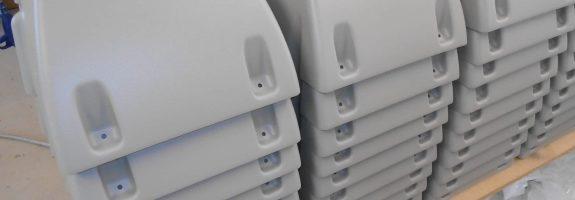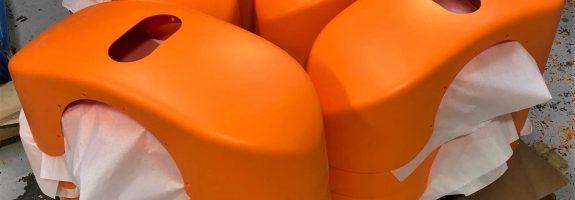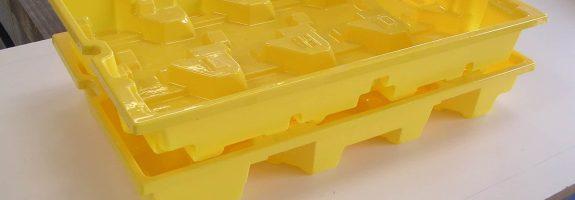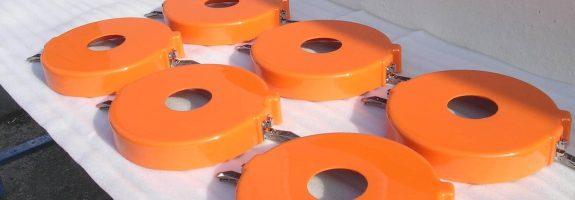




Vacuum forming in the rail industry is a process used to create strong, lightweight plastic components that are essential for both train interiors and rail infrastructure. By heating a plastic sheet to a flexible temperature and shaping it over a mould using vacuum pressure, the process allows for the production of complex and specific parts.
These components are crucial for meeting the strict safety, durability, and fire-resistance standards required in the rail industry.Common uses include train seat backs, interior panels, door linings, and protective covers, all of which need to withstand wear and tear while making sure theres passenger safety and comfort.
Vacuum forming is a reliable and cost-effective method for creating lightweight, strong components for the rail industry. It allows for the creation of custom plastic parts that meet strict safety, fire resistance, and sturdiness.
We work with varied ranges of materials, including fire-retardant and impact-resistant plastics, to ensure compliance with rail industry regulations. Our process supports both low-volume prototypes and large-scale production, offering flexibility for different project needs.
Using advanced tooling and 5-axis CNC trimming, we achieve precise shapes and high-quality finishes. Components such as seat backs, interior panels, and protective covers can be designed for strength, comfort, and visual appeal.
Depending on the application of the end product APH3G can offer Vacuum formed components from the range of plastic materials listed below :